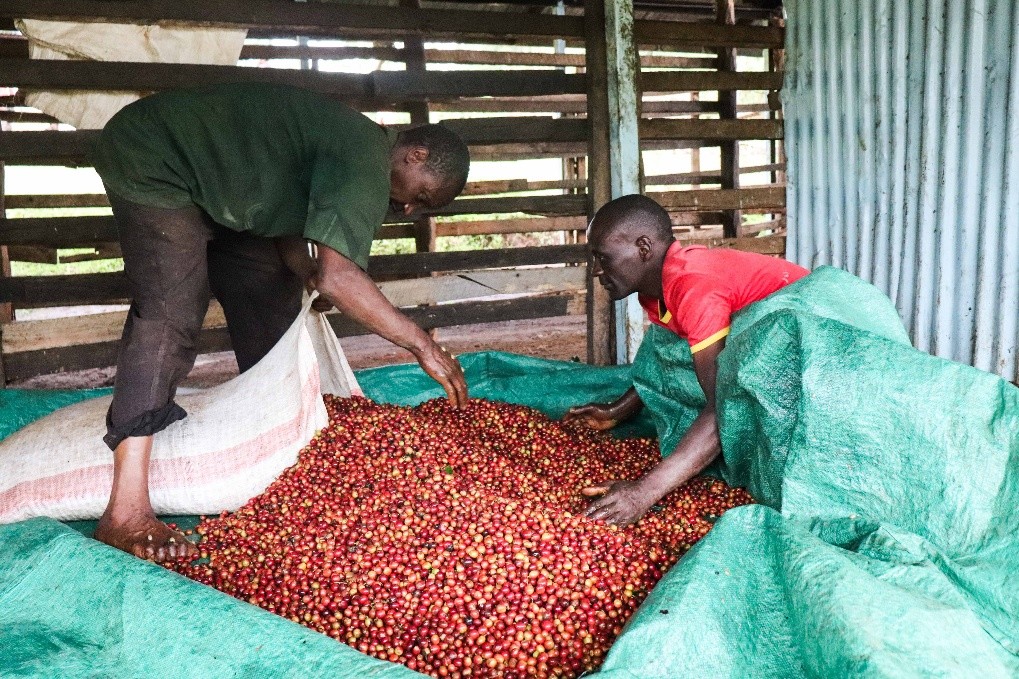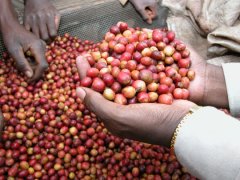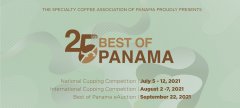El Salvador's unique coffee varieties, flavor, coffee export advantages and coffee industry crisis story
The French Vado enjoys the world with some special varieties and specific local varieties: Bourbon, the bourbon sudden change of Pacas, and the mixed pacasera (mentioned in Nicaragua, Pacamara, a mixture of Pacas and Maragogype, is a large coffee bean), allowing growers to learn different kinds of coffee by highlighting the fruit itself, just like a single wine.

Ninety-five per cent of the coffee in Chatewadau is exported to the port of Santo Tomas de Castilla, which is located in Guardiola, the United States. Not only that, the remaining 5 per cent of exports come from the port of Acahutra (Acajutla) and the port of Covado (Port Cutuco).
With the increasing importance of coffee in the economy, the government, which aims to increase output through land, harvest and military exemption measures, has planned to create a small and solid network of landowners with the right to control the coffee market. make those small coffee farmers who are growing as part of their survival agriculture, and then give coffee peaches to larger farmers or workers.

In the 1980s, the market declined sharply for various land redistribution projects and land reform and coffee bars. Due to the lack of resources for sustainable cultivation, producers have released their coffee farms, and many have not harvested them all the year round, resulting in a sharp decline in output. In the early 1990s, tourist farmers greatly damaged the country's national economy, reducing coffee output from 350 bags in the early 1970s to 250 bags in 1990-1991. Many farmers and workers were forced to leave the country because they were the most affected by tourist visits. The shortage of funds has led to a sharp drop in coffee output, from 1200 kg per hectare in the past to less than 900kg per hectare today.
In addition, in 1986, the government imposed a 15% tariff on the export of coffee, that is, an additional 15% in addition to the 30% charge on storage. Due to the unfavorable exchange rate, the degree of coffee export is reduced, and the quantity of coffee is also reduced.
Important Notice :
前街咖啡 FrontStreet Coffee has moved to new addredd:
FrontStreet Coffee Address: 315,Donghua East Road,GuangZhou
Tel:020 38364473
- Prev

Two washing methods for Burundi coffee beans Burundi coffee processing station story and flow
Most coffee in Burundi is washed, but there are two ways to wash it: hand washed and fully washed. Hand-washing marked washed refers to completely removing the sticky layer of peel and pectin manually, and the quality is quite inconsistent. The reason is that coffee farmers in Burundi do not remove the sticky layer of fruit and beans with shells manually.
- Next

Coffee Manor Gentleman Panamanian Fine Coffee Association SCAP Founding History and its BOP Competition
In 1996, at the beginning of the international coffee low price crisis and specialty coffee categories, seven coffee producers from the Boquete and Volcan-Candela regions gathered to come up with the idea of making their coffee widely known. They are coffee farmers in Bouquete, Panama. From 1994 to 1995, international coffee prices were low and farmers were at a loss.
Related
- Detailed explanation of Jadeite planting Land in Panamanian Jadeite Manor introduction to the grading system of Jadeite competitive bidding, Red bid, Green bid and Rose Summer
- Story of Coffee planting in Brenka region of Costa Rica Stonehenge Manor anaerobic heavy honey treatment of flavor mouth
- What's on the barrel of Blue Mountain Coffee beans?
- Can American coffee also pull flowers? How to use hot American style to pull out a good-looking pattern?
- Can you make a cold extract with coffee beans? What is the right proportion for cold-extracted coffee formula?
- Indonesian PWN Gold Mandrine Coffee Origin Features Flavor How to Chong? Mandolin coffee is American.
- A brief introduction to the flavor characteristics of Brazilian yellow bourbon coffee beans
- What is the effect of different water quality on the flavor of cold-extracted coffee? What kind of water is best for brewing coffee?
- Why do you think of Rose Summer whenever you mention Panamanian coffee?
- Introduction to the characteristics of authentic blue mountain coffee bean producing areas? What is the CIB Coffee Authority in Jamaica?

